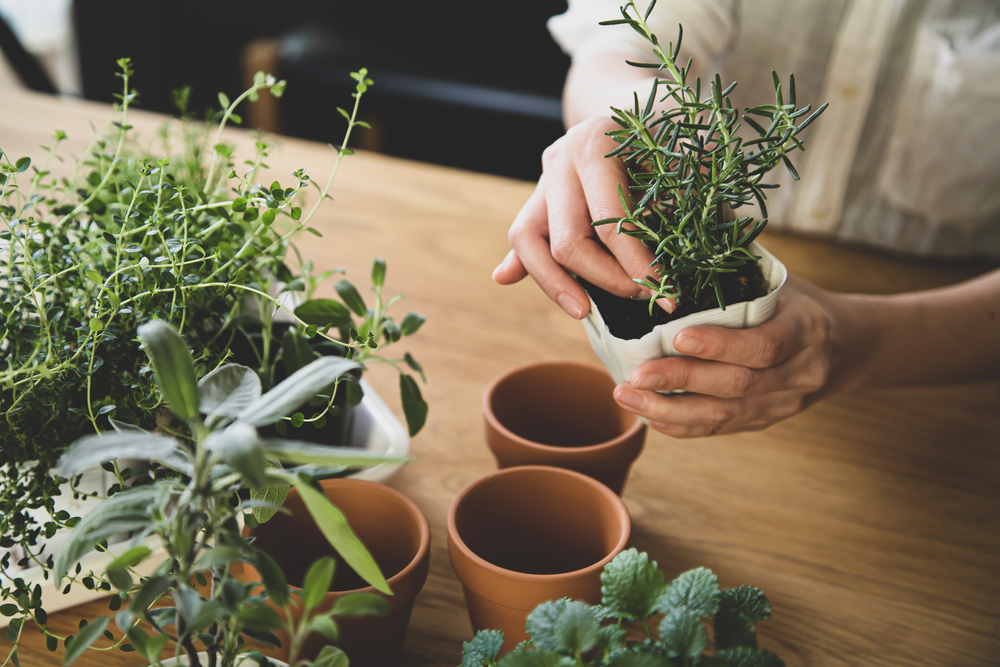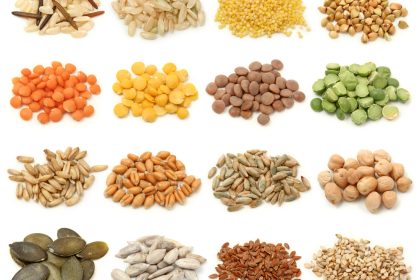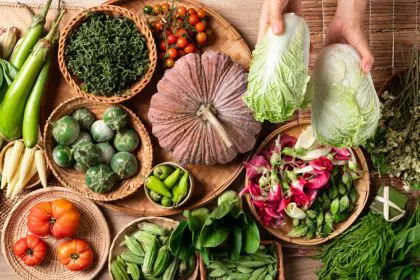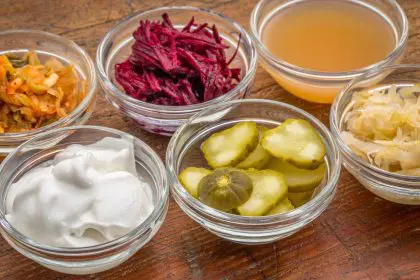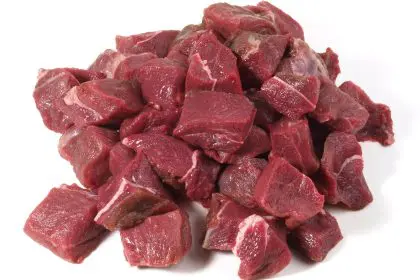Imagine walking a few steps from your kitchen and harvesting nature’s own medicine. No more frantically searching the produce section when you feel that first tickle in your throat. The secret to building a stronger immune system might be sitting right in your backyard or even on your apartment windowsill.
Growing immunity-boosting herbs at home isn’t just a pandemic-inspired trend—it’s a return to wellness practices that humans have relied on for thousands of years. These plants don’t just add flavor to your meals. They actively help your body fight off invaders while providing a therapeutic growing experience that reduces your stress levels too.
Let’s dig into how you can create your own immunity garden regardless of your space limitations, gardening experience, or climate challenges. The best part? Most of these powerhouse plants are surprisingly low-maintenance and forgiving for beginners.
Pick your plant warriors wisely
Not all herbs are created equal when it comes to immune support. The superstars of the immunity herb world offer specific compounds that help your body resist infection or recover faster when you do get sick.
Echinacea tops the list with its ability to stimulate white blood cell production. This beautiful purple coneflower isn’t just ornamental—its roots, leaves and flowers contain compounds that activate your immune system’s natural defense mechanisms. Unlike many medicinal herbs, echinacea actually looks stunning in garden beds, attracting butterflies while it helps keep you healthy.
Thyme contains thymol, a powerful natural antiseptic that helps fight respiratory infections. This Mediterranean herb thrives in poor soil conditions and loves full sun, making it perfect for that neglected dry spot in your garden where nothing else seems to grow well.
Oregano might be your pizza’s best friend, but it’s also loaded with carvacrol and thymol, compounds with impressive antibacterial and antifungal properties. The concentrated oil from oregano is so powerful that many people use it as a first-line defense at the first sign of illness.
Rosemary doesn’t just make your roasted potatoes delicious—it stimulates circulation and contains rosmarinic acid, which helps fight respiratory infections. This woody perennial can grow into a substantial shrub in warmer climates or be container-grown and brought indoors in colder regions.
Mint varieties including peppermint and spearmint contain menthol, which works as a natural decongestant and soothes sore throats. Just be warned—mint will take over your entire garden if not contained. Growing it in pots prevents its enthusiastic spreading habits.
Garlic might seem odd in an herb garden, but this powerhouse allium contains allicin, one of nature’s most potent natural antibiotics. Plant cloves in fall for a summer harvest, and use both the bulbs and the tender green scapes that appear in spring.
Location matters more than you think
Finding the right spot for your immunity garden determines whether your plants thrive or merely survive. Most medicinal herbs originated in Mediterranean environments and carry those preferences with them.
Sun exposure is crucial—aim for at least six hours of direct sunlight daily for most immunity-boosting herbs. Without adequate light, plants produce fewer of the essential oils and beneficial compounds that actually provide their medicinal properties. That sunny south-facing window or balcony isn’t just convenient—it’s essential.
Soil drainage prevents root rot, which can quickly kill herbs. Most immunity-boosting varieties prefer well-draining soil and actually produce higher concentrations of beneficial compounds when slightly stressed by drier conditions. If your garden soil tends to stay soggy, consider raised beds or containers where you can control the soil composition.
Accessibility matters too—locate your immunity garden where you’ll actually see and use it regularly. The most potent medicinal garden becomes worthless if it’s tucked away in a back corner you rarely visit. Placing herbs near kitchen doors or walkways ensures you’ll harvest them regularly, which encourages more growth and gives you the health benefits you’re growing them for.
Wind protection helps delicate new plants establish themselves. While mature herbs often tolerate breezy conditions, seedlings and young transplants can quickly dry out or break in strong winds. Using larger plants as windbreaks or strategically placing your herb garden near structures provides the protection young plants need.
Container magic for small spaces
Limited outdoor space doesn’t mean you can’t grow immunity-boosting herbs. Container gardening offers tremendous flexibility and can actually produce more concentrated plant medicines.
Window boxes work brilliantly for shallow-rooted herbs like thyme and oregano. Mount them directly outside kitchen windows for easy harvesting even during bad weather. Choose window boxes at least 8 inches deep and make sure they have adequate drainage holes.
Vertical gardens maximize small balconies or patios. Wall-mounted pocket planters, tiered stands, or repurposed pallets transformed into living walls allow you to grow dozens of plants in the footprint of a single large pot. Just remember that plants in smaller pockets will need more frequent watering.
Indoor grow lights extend your growing season year-round, especially important for apartment dwellers. New LED grow lights use minimal electricity while providing the specific light spectrum herbs need to thrive. Set them on timers for 10-14 hours daily to mimic natural sunlight patterns.
Self-watering containers solve the biggest challenge of indoor herb gardening—consistent moisture. These clever pots use a reservoir system to provide steady water access without drowning roots. They’re perfect for busy people who might forget to water regularly.
Grouping containers creates microclimate benefits, as clustered plants increase humidity around each other. This is especially helpful in dry indoor environments where heating and air conditioning systems can dehydrate plants quickly.
The soil secret most gardeners miss
Regular garden soil typically lacks the specific qualities that immunity-boosting herbs prefer. Creating the right growing medium dramatically improves your results.
Mineral content affects both plant growth and medicinal potency. Most immunity herbs evolved in calcium-rich soils with modest fertility. Adding crushed eggshells to your compost or planting mix slowly releases calcium that strengthens cell walls and increases essential oil production.
Slightly alkaline conditions favor many Mediterranean herbs like thyme, sage, and rosemary. While you don’t need to obsess over exact pH measurements, avoiding acidic soil amendments like pine needles or peat moss helps create the environment these plants prefer.
Organic matter provides slow-release nutrients without the growth surge that chemical fertilizers cause. Compost worked into your soil or container mix feeds the beneficial microorganisms that help plants access nutrients. However, avoid excess nitrogen which can cause herbs to grow quickly but with reduced flavor and medicinal compounds.
Mycorrhizal fungi form a symbiotic relationship with herb roots, dramatically extending their ability to access water and nutrients. These beneficial fungi are often missing in disturbed or urban soils. Adding mycorrhizal inoculants when planting can establish this beneficial relationship from the start.
Mulching with small gravel rather than organic materials creates the dry, warm root environment that most immunity herbs prefer. This approach mimics their native rocky Mediterranean slopes while reducing weed pressure.
Watering wisdom makes or breaks success
Proper watering practices significantly affect both plant health and medicinal potency. Most immunity-boosting herbs prefer drying out between waterings.
The finger test beats any watering schedule. Before watering, insert your finger an inch into the soil. If it feels dry at that depth, water thoroughly. If still moist, wait another day. This simple check prevents both underwatering and the more common problem of overwatering.
Morning watering reduces disease problems by allowing foliage to dry quickly. Evening watering leaves plants damp overnight, creating perfect conditions for fungal issues like powdery mildew that can quickly destroy herb plants.
Watering depth matters more than frequency. Deep, thorough watering encourages roots to grow downward, increasing drought resistance. Frequent shallow watering creates weak surface roots that make plants vulnerable to even brief dry periods.
Water quality affects herb health more than most gardeners realize. Chlorinated tap water can suppress the beneficial soil microbes that herbs depend on. Letting tap water sit overnight allows chlorine to dissipate before using it on your plants.
Harvesting actually influences water needs, as reduced leaf surface means less moisture loss. After harvesting half or more of a plant’s foliage, reduce watering until new growth appears to prevent root rot in the temporarily smaller plant.
Harvest techniques that boost medicinal value
When and how you harvest dramatically affects the potency of your immunity-boosting herbs. Timing makes all the difference.
Morning harvesting captures the highest concentration of essential oils in most herbs. Plan to cut herbs after the dew has dried but before the day heats up. This timing takes advantage of the plant’s natural oil production cycle that peaks in early morning.
Harvesting before flowering generally captures the best leaf flavor, while flowering tops of plants like echinacea and bee balm contain different medicinal compounds. Learning the optimal harvest stage for each specific herb maximizes its health benefits.
Regular harvesting encourages bushier growth and prevents plants from becoming woody and less productive. Never take more than one-third of a plant at once unless it’s an annual at the end of its growing season.
Clean, sharp tools prevent damage that invites disease. Dedicated herb scissors or pruners cleaned between cuts reduce the risk of spreading any problems between plants. Consider reserving specific cutting tools just for your medicinal herbs.
Preservation methods affect medicinal properties. While cooking with fresh herbs provides certain benefits, drying or freezing captures different compounds for longer-term use. Hang-drying small bundles in a dark, well-ventilated space preserves more medicinal oils than using dehydrators or ovens.
Troubleshooting the inevitable challenges
Even experienced gardeners face problems with herb gardens. Knowing how to address common issues keeps your immunity garden thriving.
Yellowing leaves usually indicate overwatering rather than underwatering. Cut back on water frequency and ensure containers have adequate drainage holes. If growing in garden beds, consider raised planting areas to improve drainage.
Pest management differs for plants you plan to consume medicinally. Avoid chemical pesticides and instead rely on companion planting, physical barriers, and biodiversity to keep pest problems in check. Accepting minor cosmetic damage is worth avoiding chemical residues on your medicinal plants.
Leggy, sparse growth typically indicates insufficient light. Most immunity herbs need direct sun for at least six hours daily. If natural light is limited, supplemental grow lights can make the difference between struggling plants and robust growth.
Winter protection extends your garden’s productive season. Cold frames, row covers, or bringing containers indoors allows many Mediterranean herbs to continue growing through colder months. Some plants like echinacea actually need winter dormancy, so research each plant’s specific needs.
Bolting—when plants suddenly produce flowers and seeds instead of leafy growth—happens when temperatures fluctuate drastically. Plant cool-season herbs like cilantro in partial shade and harvest frequently to delay this natural process.
Growing your own immunity garden connects you to traditional wellness practices while providing fresh, potent plant medicine right outside your door. Beyond the tangible health benefits of the herbs themselves, the act of tending living plants reduces stress and connects you to natural cycles.
The most powerful aspect might be the relationship you develop with these plants—understanding their needs, observing their growth patterns, and recognizing how they respond to your care. This connection to your garden becomes its own form of medicine, boosting immunity through reduced stress and increased mindfulness.
Your immunity garden isn’t just about plants—it’s about creating a living pharmacy that cares for you as much as you care for it.

